GEP ECOTECH textile shredder is made of hard alloy steel, which has high wear resistance and high strength; the anti-winding fixed knife design is not afraid of fabric winding; the overload protection function prevents equipment damage due to overload, and the frame structure is strong and stable.
Compared to coal powder, waste spinning has the advantages of high volatile matter, low ash content, low moisture content, and considerable calorific value (average around 4,300 kcal), and has good potential as a substitute fuel. GEP ECOTECH has tailored…
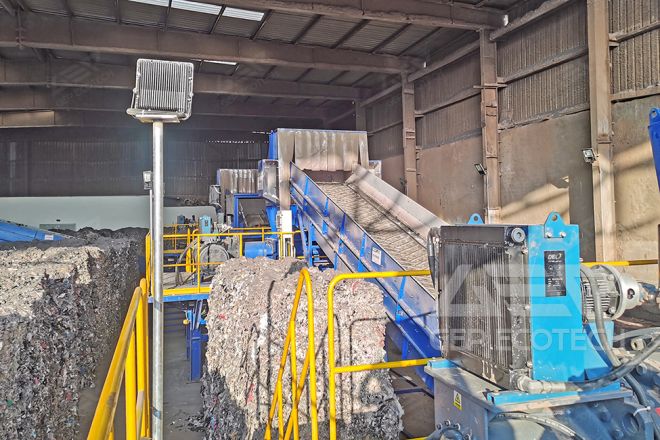
The main sources of textile waste are waste textiles (such as waste silk, residual materials, scraps, etc. in the textile manufacturing process) and old textiles (old clothing, bedding, curtains, carpets, etc.).The calorific value of waste textile is…
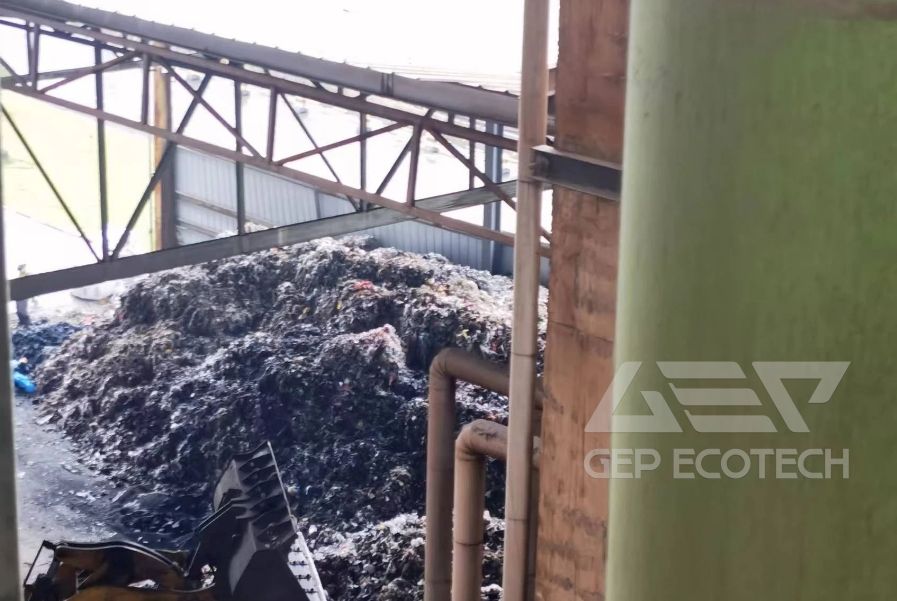
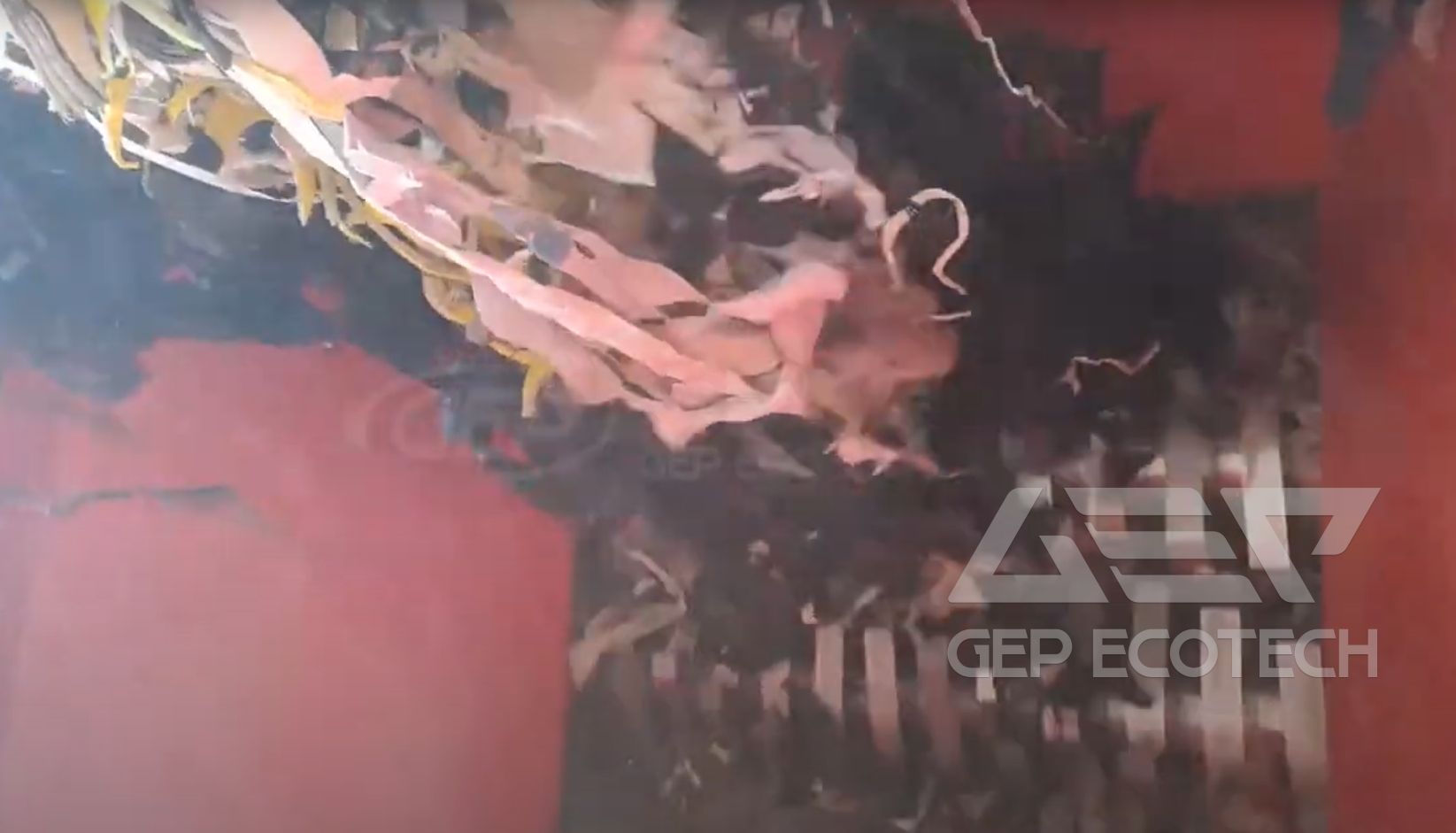
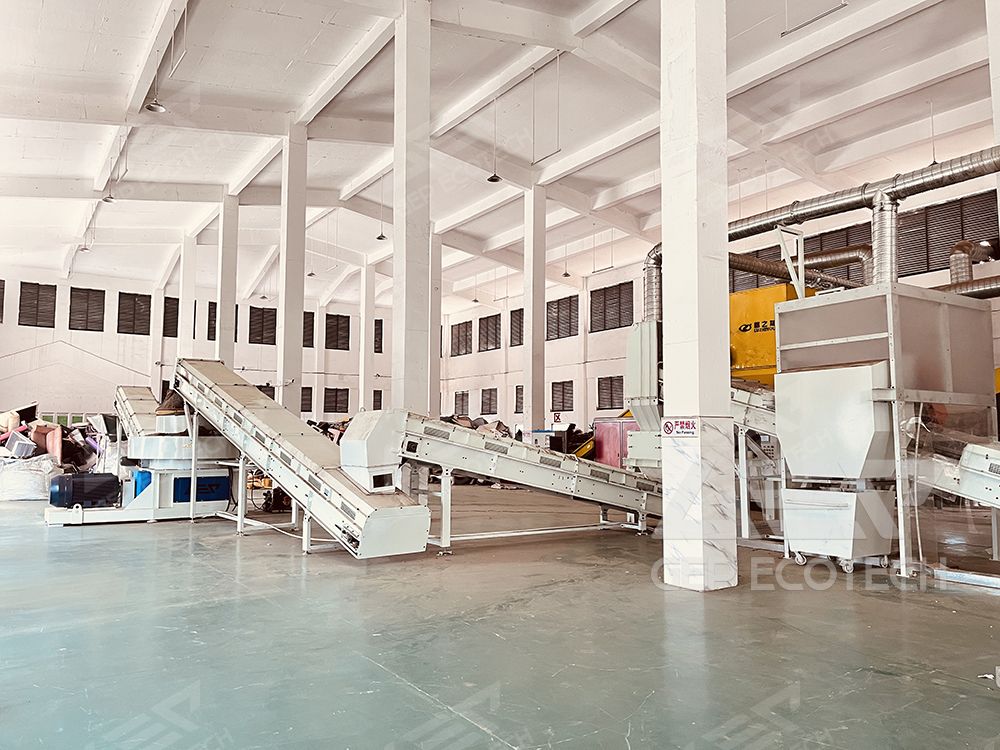
In textile scrap processing, the utilization of double shaft shredders has revolutionized waste management practices. These machines offer versatility and efficiency, making them indispensable for size reduction in textile recycling operations. Here, we…
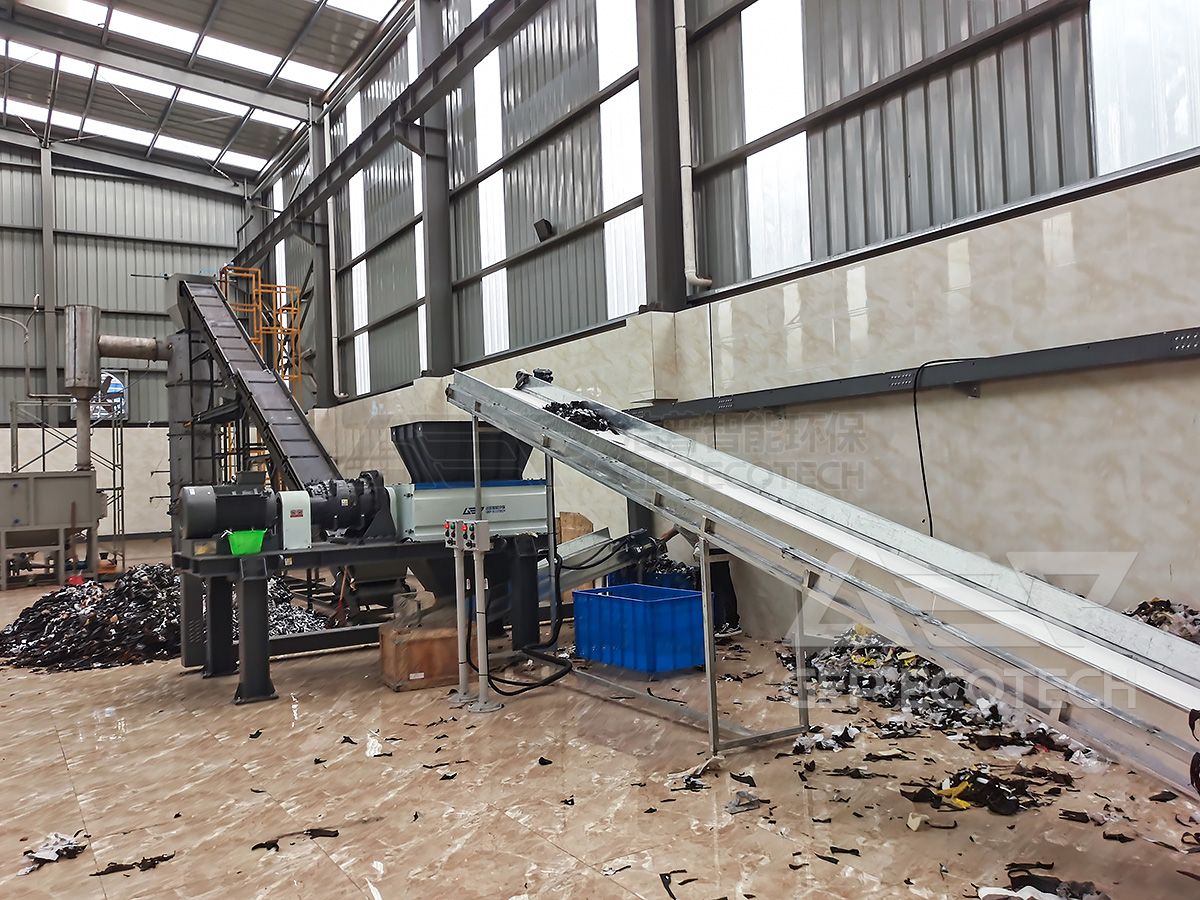
An industrial poly-cotton shredder machine is a specialized piece of equipment designed to efficiently shred and process poly-cotton materials, which are a blend of polyester and cotton. These machines are commonly used in industries that deal with…
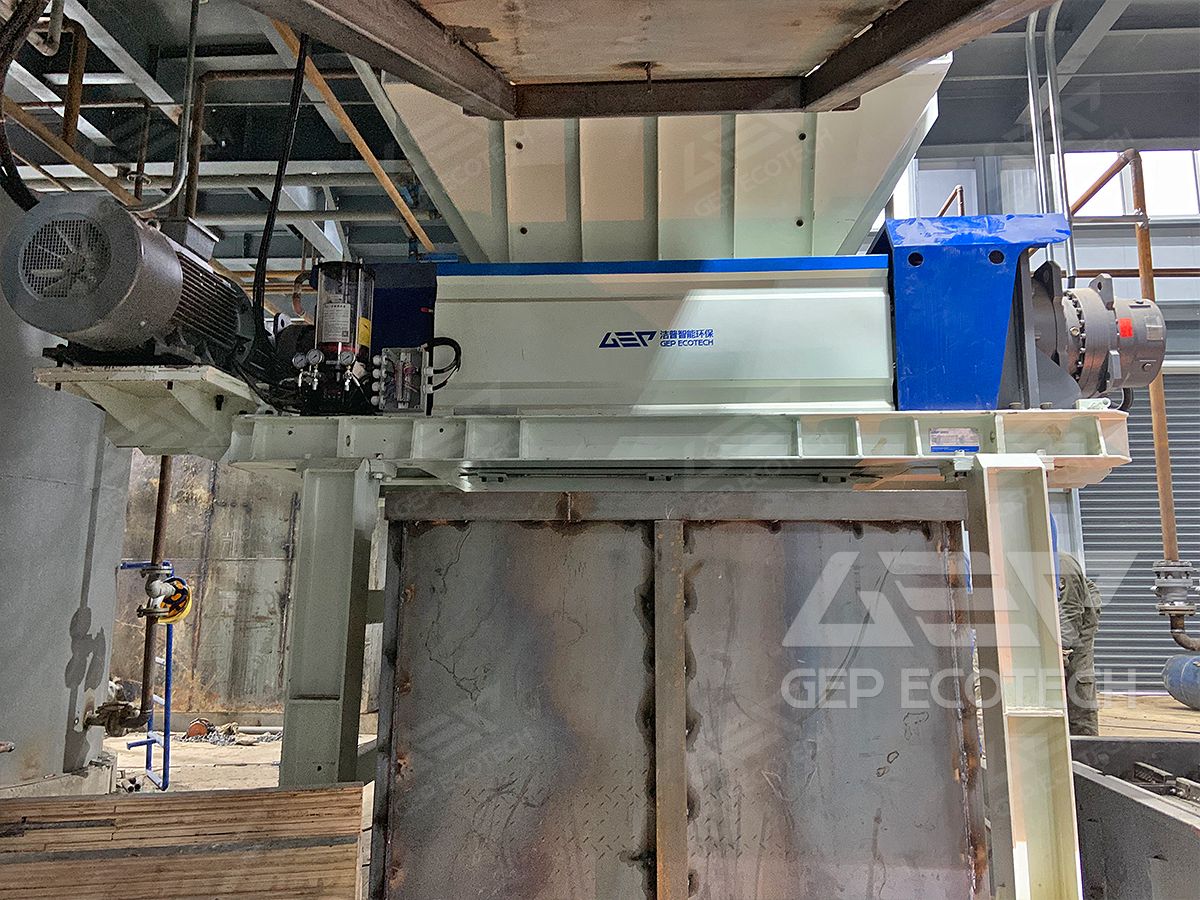
China is the world's largest producer, consumer, and exporter of textiles, with the total amount of textile fibre processed accounting for more than 50 per cent of the world's total. As per capita fibre consumption continues to increase, large quantities…
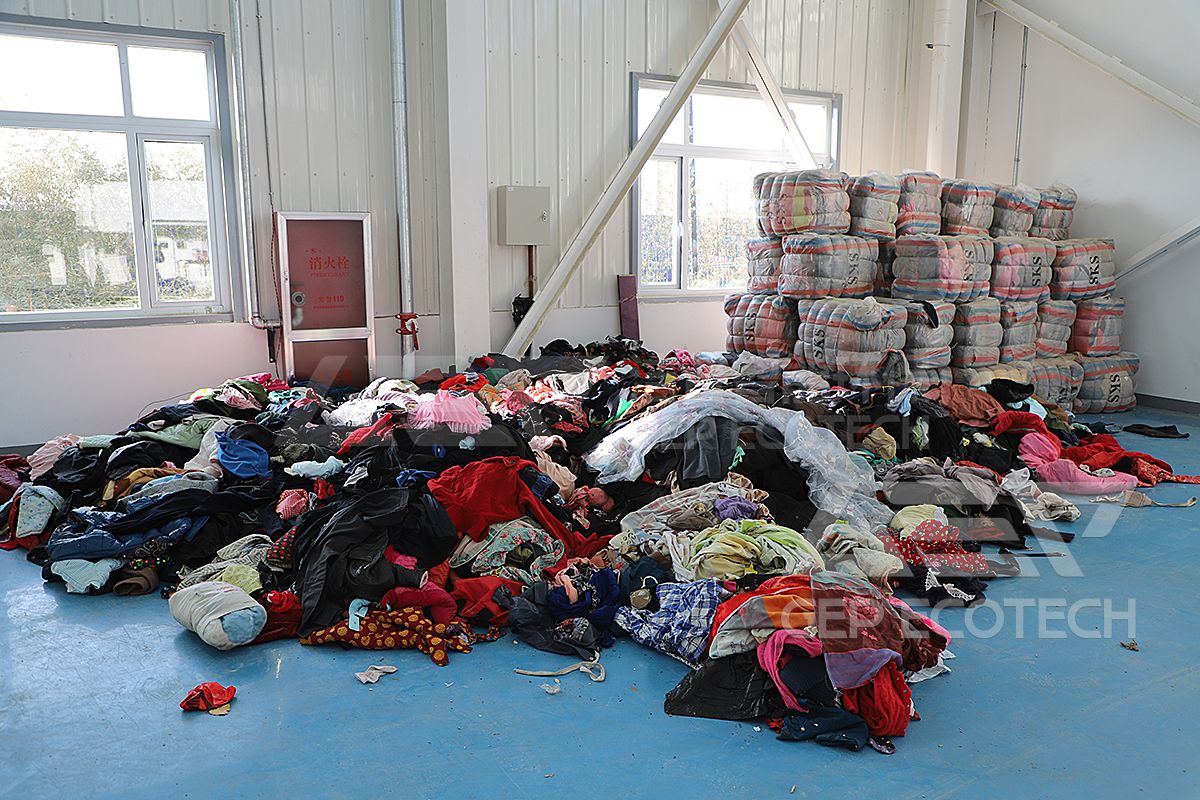
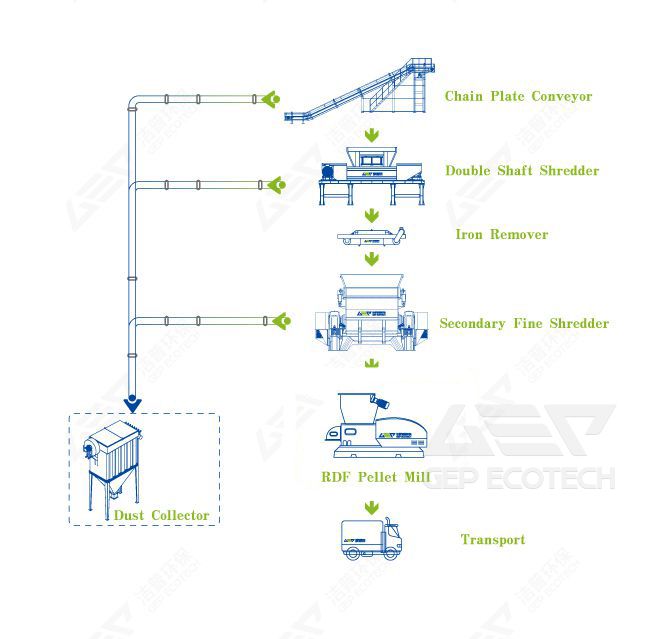
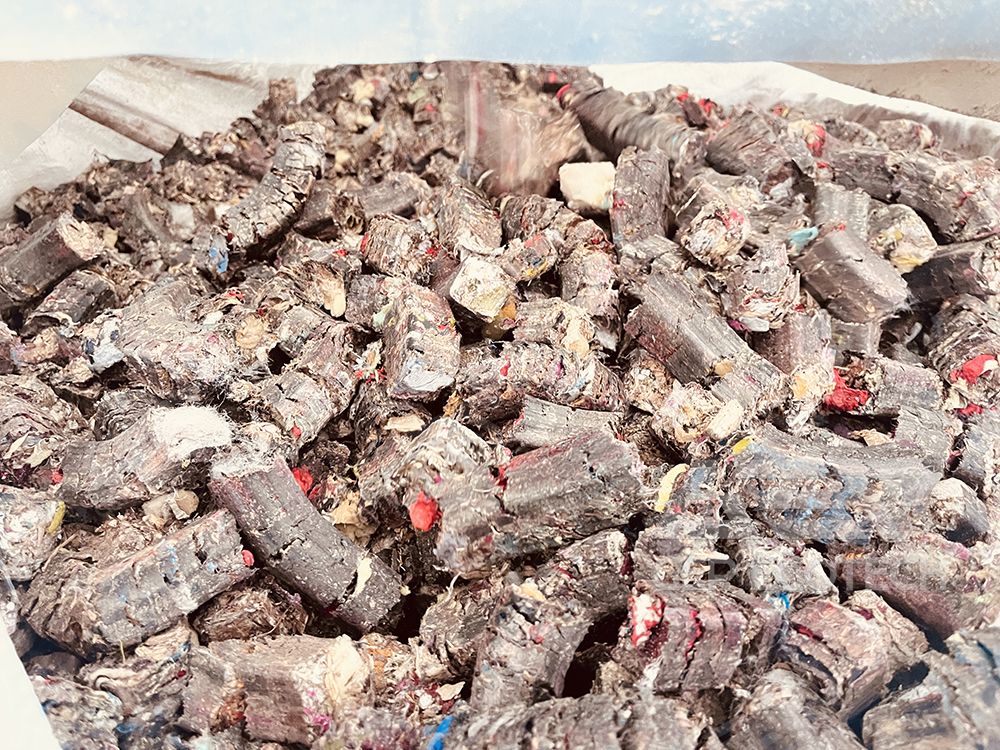
This afternoon, a customer called and said that he was looking for an industrial textile shredding machine to process garment scraps, leather waste, etc. in their factory, and asked how much our industrial textile shredder cost. In fact, if we want to…
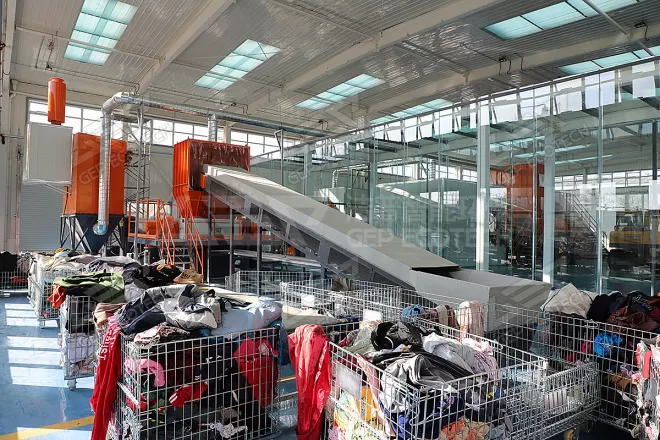
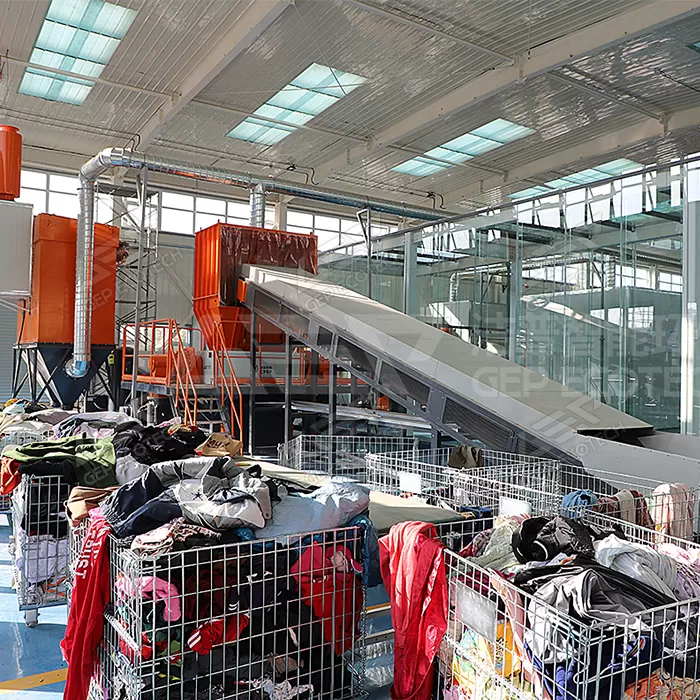
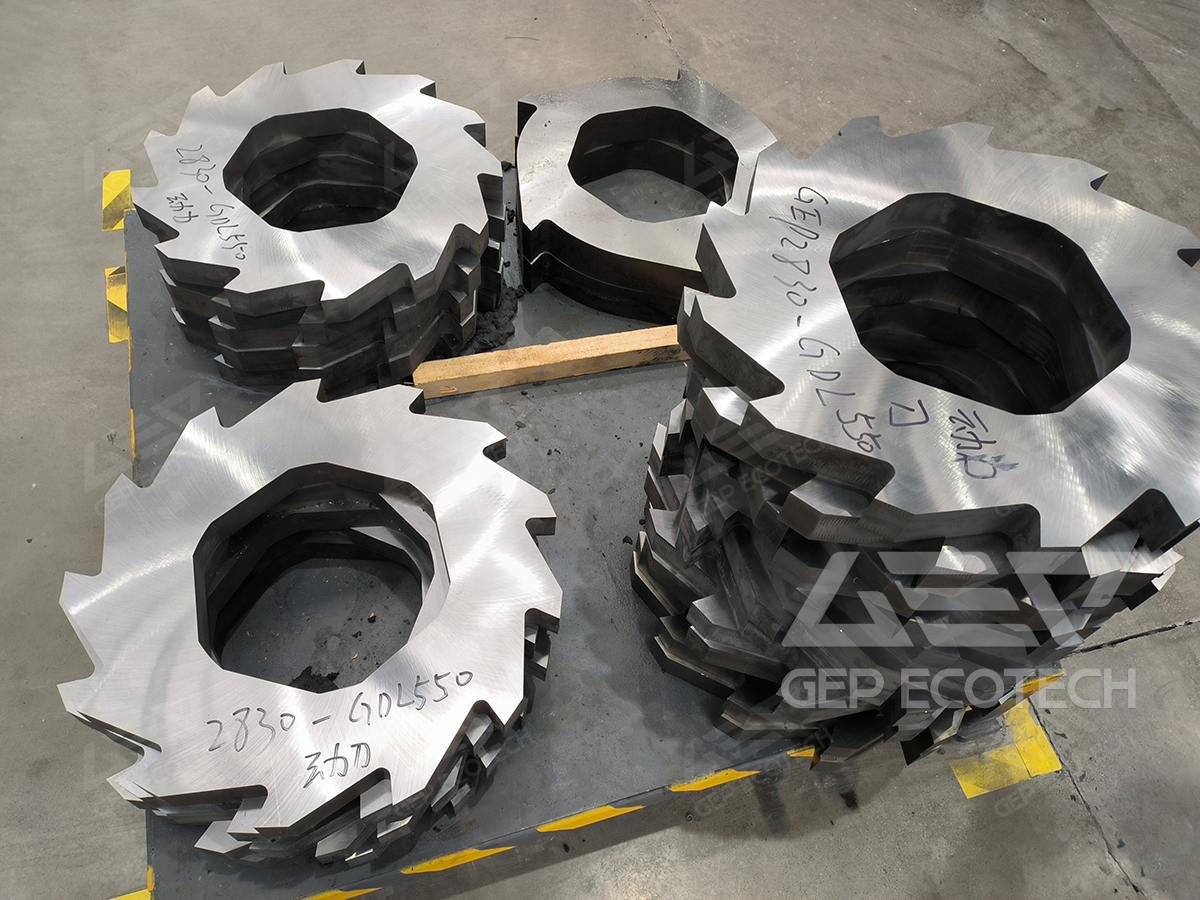
What is textile waste?Textile waste is fabric material that is deemed unusable for its original purpose by the owner. It refers to textiles that consumers keep but no longer uses. This includes donated and discarded clothing, and also the big amount…
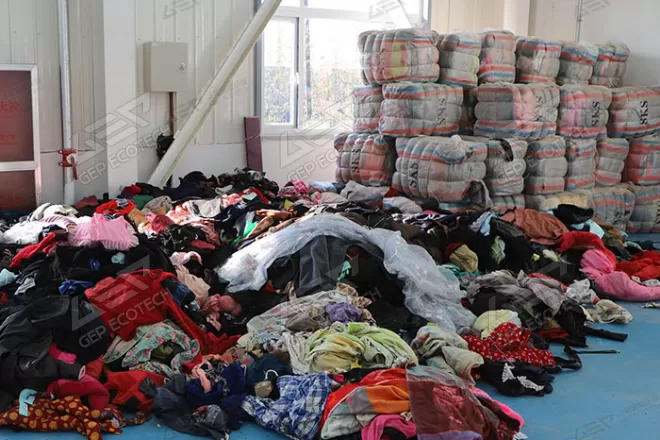
GEP textile shredder is single-shaft fine shredder, which has the advantages of high quality, wide range processing capacity, discharging size can be adjusted, long service life. Single shaft shredder is an ideal equipment for textile recycling. The…
